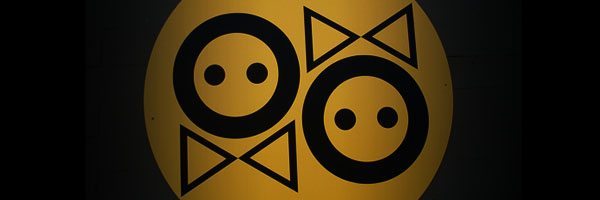Who is “the man”?
Intersectionality examines the way that various minorities are oppressed and also observes the way in which these forms of oppression interact. The concept, at its most basic, essentially argues that racism, sexism, homophobia and other forms of oppression do not act independently – rather they act in concert, although admittedly loosely and often in subtly different ways.
A recent example in the media was when Lily Allen released Hard Out Here, it was lauded in some feminist circles as a damning critique of the music and media industries for the sexualisation of women. And yet the video contains coloured back up dancers “twerking”. What should and could have been a feminist anthem came to be viewed by some black and Latino feminists as a song exclusively for white women and their individual struggles. Without seeking to diminish what Allen did, this is a case when race and gender came into conflict in efforts to raise awareness, rather than working together – far better for Allen to refrain from booty-shaking backup dancers altogether, and the song could have become what it was intended as – a message to an industry that frequently portrays women as mere sexual objects or figures of shallow beauty, often unworthy of dignity or respect.
I’m frequently asked who “the man” of the relationship is.
I’m frequently asked who “the man” of the relationship is. Until recently, I always rebuffed this question, usually finding myself unable to answer. However, the other day I actually had a chance to think about the question. And once I had a chance to consider it, I also had a chance to consider the implications. It turns out, not only is the question homophobic, but pretty heavily sexist as well. Whilst usually asked as an innocent question, it carries a weight, attempting to fit all relationships within the heterosexual norms of larger society. It also reduces all relationships to a single type, that of one between a masculine and feminine entity, which, at the end of the day, is precisely what a lot of relationships aren’t. The other side of the question is the sexism. When I failed to respond, my friends took it upon themselves to determine whether I was “the woman” or “the man.” And usually, I fell into the former category, simply because I can cook, clean and actually perform other tasks stereotypically considered the realm of women.
And this is where the sexism manifests itself, relying on outdated stereotypes and arbi- trary facts in order to define people within two narrow classifications. If the disenfranchised of society actually allied and saw their causes as one and the same, namely equal basic human rights for all, then maybe, just maybe, it would be easier to achieve it.
[divider]
Photo: flickr/suda

Comments (1)
My mother once taught me a thing or two about ‘the man’. OBSIDIAN THUNDERSTORM P.H.D